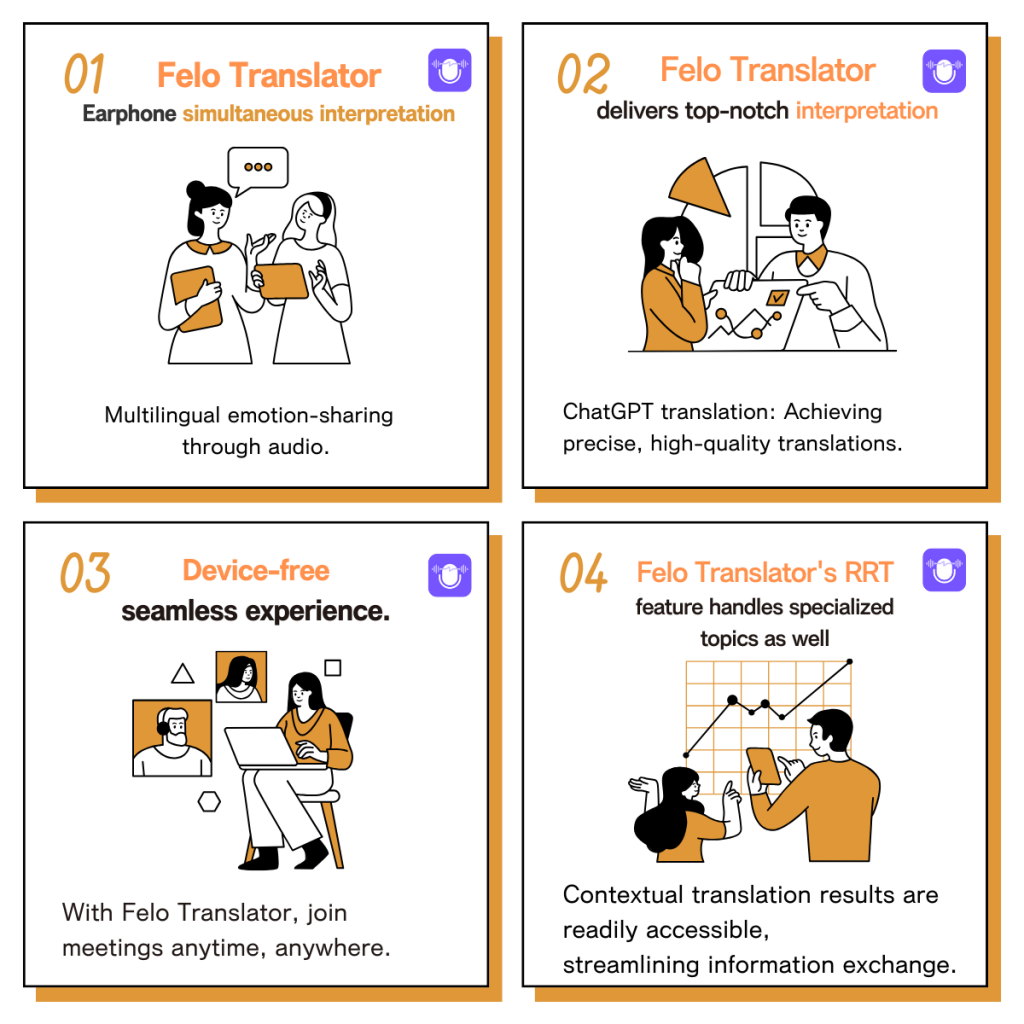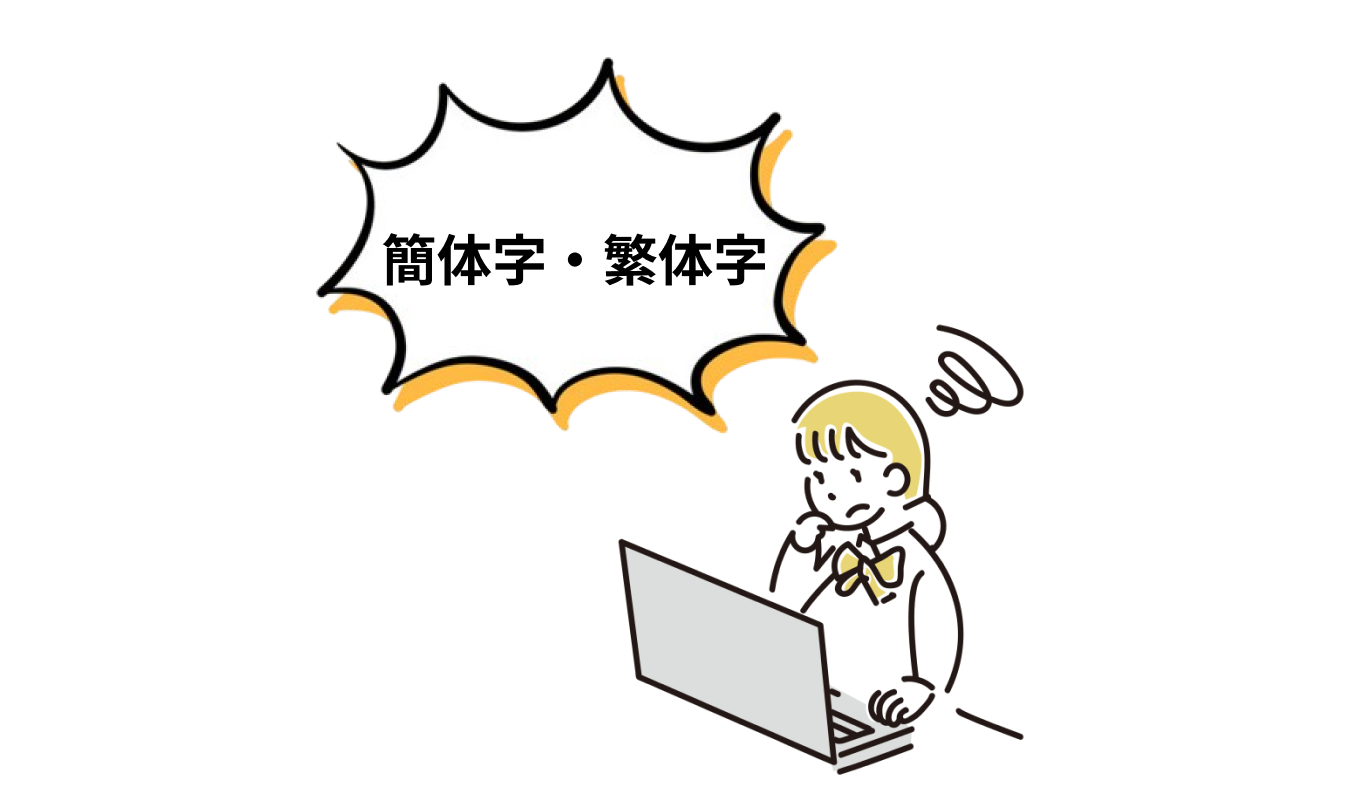What are “Traditional” and “Simplified” Chinese Characters?
Chinese language has two different character systems: “Traditional Chinese” and “Simplified Chinese“. Each system has its unique history deeply rooted in geographical and political contexts, and is used in specific regions.
This blog delves into the differences between traditional and simplified characters, the regions where traditional characters are used, and the technologies that effectively translate these scripts.
Differences Between Traditional and Simplified Characters
Traditional characters are structurally complex and include many strokes, making them visually rich. In contrast, simplified characters were officially introduced in China in the 1950s with the goal of promoting education and improving the efficiency of paperwork, using fewer strokes. Traditional characters are often seen in classical literature and traditional signage, conveying a deep cultural richness.
Regions Where Traditional Characters are Used
Traditional characters are primarily used in Taiwan, Hong Kong, and Macau, widely utilized in official documents and education within these regions, thereby preserving and nurturing their unique cultural identities and heritage.
Advances in Translation Technology
Modern translation technologies have also made significant strides in translating from Japanese to traditional or simplified Chinese. This evolution is a crucial step in overcoming the cultural and linguistic barriers between Japan and China.
Popular Translation Tools Include:
These tools do more than just convert text; they interpret meanings based on context and capture the subtle nuances of languages. For instance, they can appropriately translate Japanese honorifics and specific expressions to fit the Chinese cultural context. This makes the translated documents natural and easy to read, accurately reflecting the original meaning.
Moreover, with the application of AI technology, these translation tools continue to learn, absorbing new knowledge from user feedback and a vast amount of translation data, continually improving the quality of translations. As a result, they enable accurate translations across a wide range of contexts, from business documents to academic papers and even everyday conversations.
Thus, they facilitate communication between Japanese and Chinese (traditional and simplified) speakers and deepen intercultural understanding.
Conclusion
Traditional and simplified Chinese characters represent more than just differences in script—they embody culture, history, and people’s identities. Using the latest technology to understand and properly use these beautiful script systems is a step toward global understanding and respect.
Efficient and accurate real-time translator tools to improve your work — Felo Translator

What is Felo Translator ?
Felo Translator is an AI simultaneous interpretation app equipped with GPT-4 engine and RRT technology. Quickly and accurately translate audio from over 15 foreign languages including English, Spanish, French, German, Russian, Chinese, Arabic, and Japanese.
Supports downloading of original and translated texts to help you learn accurate expressions and pronunciation. As a large-scale language model, ChatGPT accurately conveys the passion, expression, and dramatic effect of the stage, allowing audiences to fully understand and enjoy the excitement brought by different linguistic cultures.
How can Felo Translator assist simultaneous interpreters?
Felo Translator supports beginners in simultaneous interpretation and solves problems by leaving no notes behind and more accurately translating technical terms.
Simultaneous interpretation is a complex and highly technical task, requiring interpreters to have solid language skills, a wealth of specialized knowledge, and a good sense of teamwork.
Only continuous learning and improvement of one’s translation skills can make one qualified for this important translation task and contribute to the smooth progress of international communication.
iOS Download | Android Download
Related Articles↓
【2024】Top 15 Chinese Speech Translation Apps: A Detailed Guide to Choosing the Right One
Top7 Best Transcription Apps! Choose by Accuracy and Speed
What should be understood about translating Chinese and Japanese?
